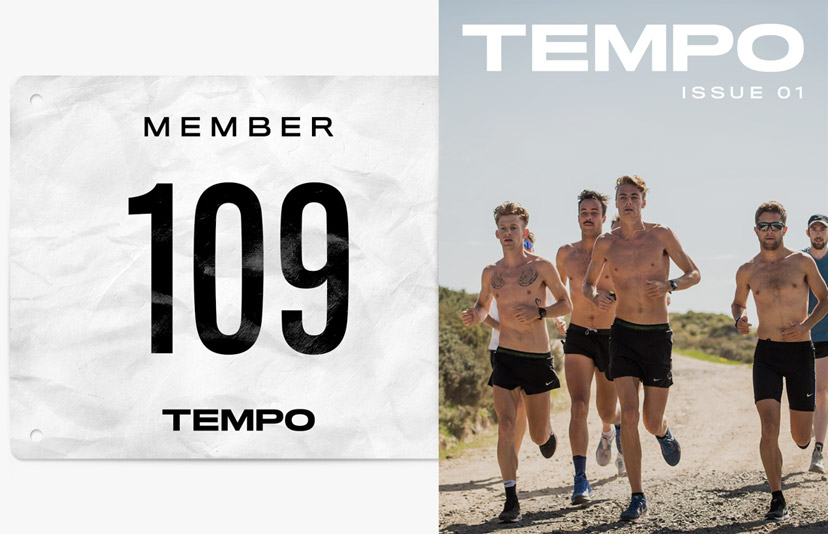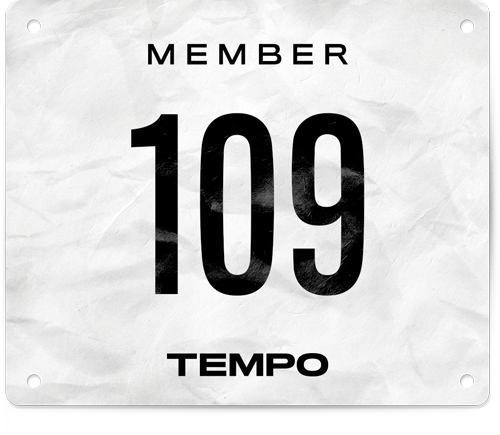Performance
Changing of the guard
How Brigid Kosgei tore apart the biggest names in marathoning
Not all marathons are built the same.
The Abbott World Marathon Majors groups together six of the world’s most prestigious marathons, with each event offering different elements in terms of seasonal timing, course construct, weather and pacemakers.
Annually, the London Marathon utilises a sizeable elite budget to assemble phenomenally strong fields.
2019 proved no different, with the women’s elite field labelled as the most competitive field in marathon history. London assembled a field containing three-time London champion Mary Keitany, Chicago champion Brigid Kosgei, defending London champion Vivian Cheruiyot and the fastest woman of 2018 Gladys Cherono.
The complexity of drawing such a field cannot be underestimated, as collectivising multiple major marathon winners effectively slims each athlete’s potential to take home the financial spoils accompanying a first place finish.
Competing in London forces marathoners to pass on the historical Boston Marathon (April), which whilst lucrative, can prove wildly unpredictable in terms of weather, winning time, and chooses not to provide pacemakers. However, the time gap remains manageable between London and the lightning fast Berlin course. These factors position London as financially and athletically attractive.
London’s course and sizeable pacemaker investments are an additional drawcard.
London has played host to previous world records, as recently as 2017* for women, and 2002 for men, with respective women’s and men’s course records of 2:15:25 (2003) & 2:02:37 (2019), the course is appropriately fast.
The pacemakers selected for women’s elite field were a clear signal of intent, with the lead ‘2:16-17’ pace group to be steered by Joyciline Jepkosgei, the women’s half-marathon world record holder (1:04:51). Jepkosgei postponed her long-awaited marathon debut in Hamburg, held on the same weekend, a late logistical change unlikely to have occured inexpensively.
On a quiet Sunday morning in Blackheath, every woman on the elite start line had a story, whilst often collectivised - a family, a village, or a city sat at home, riding the ebbs and flows of each competitors race.
As can so often happen in a stacked field, a bizarre game of cat and mouse unfolded in the very first kilometre. The lead 2:16 pace group tore away, leaving a slightly confused Eunice Sum in their wake. Sum had been assigned to the second pace group, targeting 2:19-2:20 - yet even she had to cast a few cursory glances over her shoulder and slow slightly, to coax a cagey pack into 2:22 pace.
Tucked in the leading pack were two familiar faces, Molly Huddle and Emily Sisson, training partners, and shining examples of the resurgence in American women’s marathoning. Whilst on debut, Sisson had been touted by many as ‘built for the marathon’. The sight of two Americans a pleasant surprise, given the national tendency to select Chicago, Boston or New York and reap the financial rewards assigned to those debuting or racing in front of a raucous home crowd. These were two women determinedly hunting a fast time in an exceptionally deep field.
Through the first 23 kilometres, a condensed pack of favourites were happy to let one plucky Australian drift out to a lead of roughly 100 metres at times. To the casual viewer, Sinead Diver appeared to be on some sort of accidental bid for glory, whilst wiser minds quickly pointed out Diver’s pace was metronomic in consistency. Diver was extolling an ancient coaching adage, running her own race, avoiding the yoyo pace the likes of Kosgei and Keitany are better equipped to handle.
“I know how the Africans like to run, it’s aways quite surgey. You’ll go from a 3:40 km down to a 3:10 and then back up. It’s not a good style of racing for me so I thought I would just go at my pace..."
Sinead Diver
In every running race, there comes a point where a favourite will separate from the field. In such a stellar field, the likes of Kosgei and Keitany had previously indicated a devastating propensity for forcing brutal negative splits on their competitors. The muted pace throughout the opening half played into such a tactic once more.
A flutter of an acceleration in the 3:05 25th kilometre signalled the race was set to begin in earnest. Slimming to the trio of Kosgei, Cheruiyot and Dereje, an early mental blow was dealt, as Keitany was unable to hold on. Was the pre-race chatter proving accurate? Had Keitany passed on her typical preparatory half-marathon due to fitness concerns?
In two 5 kilometre spurts from 27 to 31 kilometres, and 36 to 40 kilometres, quietly spoken Kosgei tore the field apart, injecting splits of 15:27 and 15:30 respectively. The relative pauses in between allowed viewers a moving picture of what captures the imaginations of so many marathon fans.
Whilst Cheruiyot briefly clawed her way back into contention at 33 kilometres, Kosgei doubled down at the 36 kilometre mark, sensing Keitany’s unwillingness to push proceedings. Kosgei’s final push begged the question, could Keitany be broken? An open ended question, daring the second fastest woman in history to match the new generation’s final bid. Kosgei’s last 7.195km were covered in 22:32 (3:08 kilometre pace), the sixth fastest split of any men or women in the London field.
"Kosgei’s last 7.195km were covered in 22:32 (3:08 kilometre pace), the sixth fastest split of any man or woman in the London field."
The duration of each brutal change in pace provided clear tipping points, where parts of the field were forced into irrational, emotionally driven accelerations. The sheer duration of a marathon provides a period of time in which even the very best crumble in cruelly visible fashion. A global broadcast offers no hiding place, showcasing the stark differences in facial expressions between athletes, as panic versus joy plays out on live television.
Kosgei’s exhibits of courage and brutality led to the fastest half marathon split in any women’s marathon, as a 1:06:42 second half split led the 25-year old to become the youngest women’s winner of the London Marathon in 2:18:20. For context, the world record for the women’s half marathon in a women’s only field, is 1:06:11.
The impact of Kosgei’s victory is substantial, funnelling further excitement into an already deep event. The dismantling of Keitany cannot be glossed over, for a 25 year old to pick apart an established great with such specifically aggressive segments so late in the race will reverberate throughout the upper echelons of the marathon.


